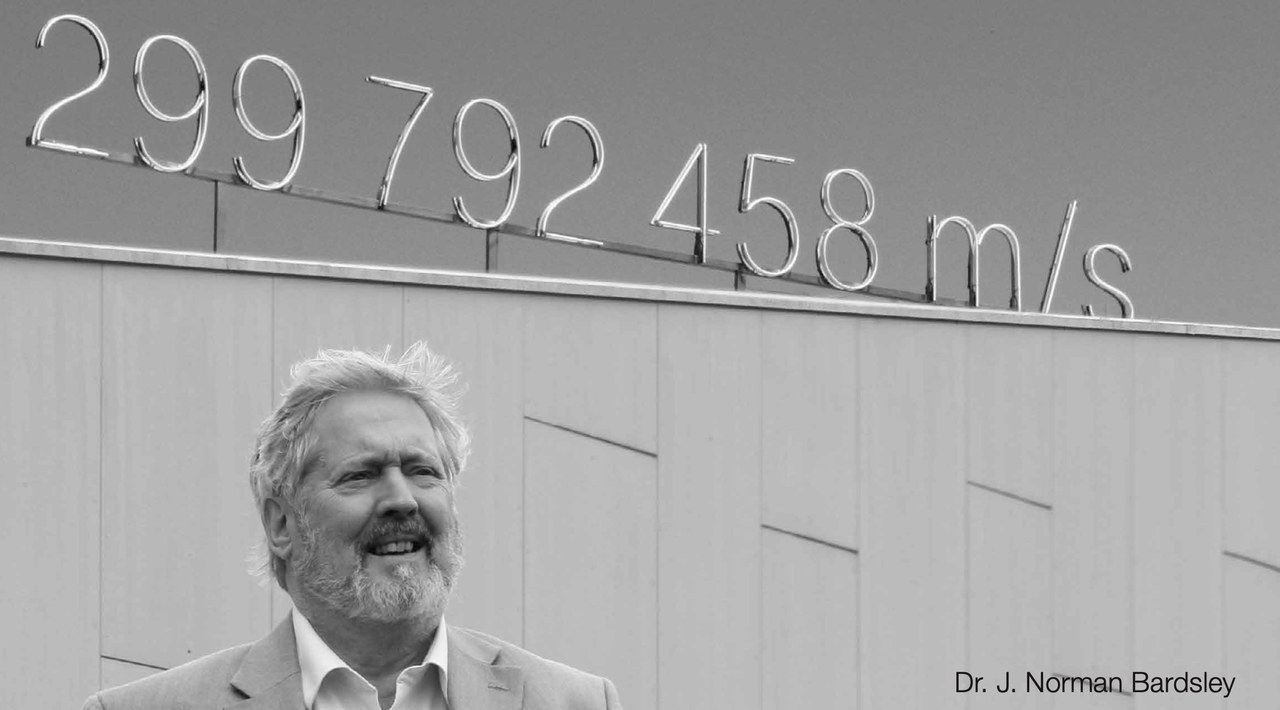Commentary: Providing Better Light Should Still be the Focus of the SSL Industry
J. Norman Bardsley, PhD - As President of Bardsley Consulting, Norman advises industry, government and academia on solid-state lighting, flat panel displays and energy efficiency, with special emphasis on diffuse lighting and organic electronics.
Over the twelve years since the first Issue of LpR, SSL technology has been established as the best choice for almost all lighting applications. The market for LEDs in lighting has grown from around $300M to over $7B. Sales of LED packages now represent less than 15% of the total revenues from LED lighting,
but further development is critical to the future of the industry. Although LEDs are available with efficacy over 200 lm/W, the dream of the early pioneers, these cover only a small portion of the gamut of color and power density. More efficient sources are needed at wavelengths greater than 480 nm and less than 360 nm to improve the quality of white light and provide the optimal spectrum for other applications. The efficiency of downlights and general service lamps needs to be brought closer to that of high-bay lamps.
Given the heightened concern about global warming, a renewed focus on energy savings is warranted. According to Strategies in Light, less than 40% of the installed global base of lamps and luminaires have been replaced by SSL and the savings already achieved have been partially offset by increased demand, especially in growing economies such as China and India. The adoption of high- quality solar lighting in off-grid communities has been particularly disappointing.
The reliability of SSL systems remains an issue for many customers. Perhaps the sole focus on lumen depreciation is no longer appropriate and more attention should be given to other factors, such as the probability of early failure. Visual comfort is also essential. Observable flicker needs to be eliminated. Glare is still a problem in many applications.
Although luminaire manufacturers have succeeded in the incorporation of LED sources, this has mostly been by fitting them into existing form factors. Very few luminaires seem to take optimal advantage of the properties of solid-state sources. We are still waiting for a replacement for the incandescent bulb that avoids the need for a shade to hide the lamp. The promise of efficient ultra-thin diffuse sources of light, with integrated drivers, that can be attached to any surface, flat or curved, has not yet been met, either by OLEDs or by waveguides lit by LEDs. Dynamic control of lighting is only in its infancy.
One sad aspect of the past twelve years has been the failure of US and European companies to adopt a long-term manufacturing strategy for both displays and lighting that recognized the opportunities for automation and encouraged the development and manufacture of the required robotic equipment. Ceding manufacturing to low-wage countries was perhaps short sighted, since there are now huge factories in China with no employees on the floor, even for some maintenance and simple repairs. However, the main profits in lighting now come from the assembly, marketing and installation of luminaires and lighting systems. Some large companies have withdrawn also from these parts of the business, whereas many others, small and large, have prospered. One challenge that needs more attention is the training of a young work force that understands the opportunities and challenges of implementing the new lighting technologies and will work with architects, building and civic managers, and local regulators to bring the benefits to all users.
To end on a more positive note, SSL technology has given us a great opportunity to improve the quality of artificial light, which is essential to modern life. The lighting community must continue to work with health professionals, architects and others to deepen our understanding of the impact of light on physical and mental health and human productivity.
J. Norman Bardsley, PhD.
As President of Bardsley Consulting, Norman advises industry, government and academia on solid-state lighting, flat panel displays and energy efficiency, with special emphasis on diffuse lighting and organic electronics. He is a member of the Technical Advisory Team for the Solid-State Lighting Program of the
US Department of Energy. Dr. Bardsley also acts as Chief Analyst for the International Solid-State Lighting Alliance (ISA) and is a member of the UNEP Expert Task Force on LED Lighting and Controls.

